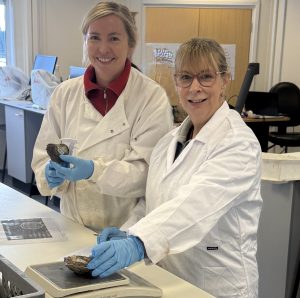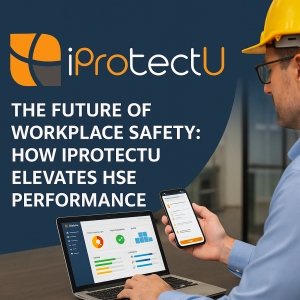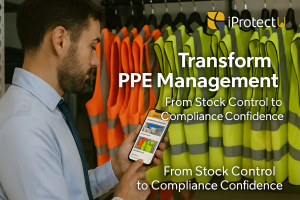Health and Safety Software » Health and Safety Software News » PPE Management » Health and Safety in Plastering
Health and Safety in Plastering

Potential hazards include powered and nonpowered tools; working at heights; mobile plant including mobile platforms; hazardous substances, e.g. plaster dust, asbestos, plasterboard fibres, medium density fibreboard (MDF) – formaldehyde vapour, wood adhesives; manual handling (bending, reaching, stretching, pulling, lifting, repetitive motions, awkward postures); noise and hot weather conditions.
Below are some safety precautions which should be taken.
- Personal Protective Equipment (PPE): Wear appropriate PPE, including safety goggles, dust masks, gloves, and protective clothing, to minimise exposure to hazardous materials and physical hazards.
- Dust Control: Use dust extraction systems or ventilation to minimise dust accumulation which can be a respiratory hazard. Wet methods like misting can also help control dust.
- Hazardous Materials: Some plaster products contain potentially harmful substances such as silica or lime. Ensure workers are trained in handling and using these materials safely. Follow safety data sheets (SDS) and guidelines for proper storage, handling, and disposal.
- Ladder Safety: Ensure that sturdy and well-maintained ladders are used. Train workers on ladder safety and secure them properly to prevent falls.
- Electrical Safety: For tools requiring electrical power, follow electrical safety guidelines, such as proper grounding, avoiding water contact, and regularly inspecting cords for damage.
- Ergonomics: Minimise strains and injuries by providing workers with proper tools and equipment that reduce the need for awkward postures or repetitive motions.
- First Aid and Emergency Preparedness: Have a well-stocked first aid kit readily available. Train workers in basic first aid and ensure they know emergency procedures, including evacuation routes and the location of fire extinguishers.
- Training and Education: Emphasise the importance of hazard recognition, safe work procedures, and reporting incidents or near misses.
This list is not exhaustive, and specific health and safety requirements may vary depending on the jurisdiction and specific plastering tasks being performed. Consult local regulations and seek professional advice to ensure compliance and a safe working environment.
iProtectU provides inspection forms and allows a user to create, edit and document a risk assessment covering plastering.
iProtectU brings together the key resources and knowledge of three companies specialising in EHS software development, health and safety, business intelligence and data analytics.
Our vision is to provide fully integrated, cost effective and simple to use health and safety software tools that enable our clients to engage their entire team.
Arrange your demonstration
Let us show you how we can transform your health and safety, risk and compliance management
Please choose a date and time for your demo. We look forward to meeting with you.
Latest Updates & Information
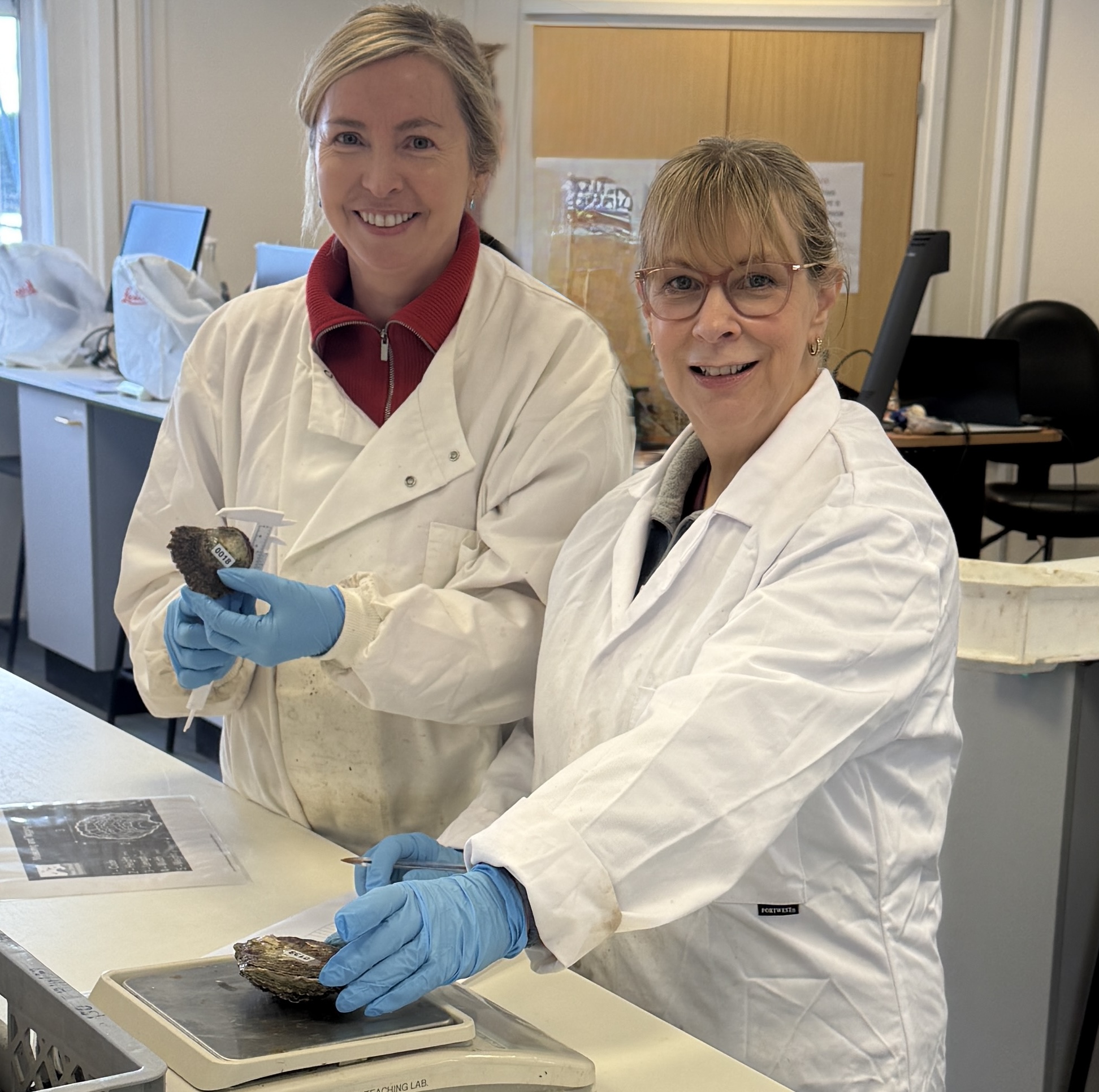
Supporting Local Sustainability: Restoring Native Oysters to the Solent
iProtectU is proud to support the Final Straw Foundation’s Native Oyster Restoration Project, helping restore
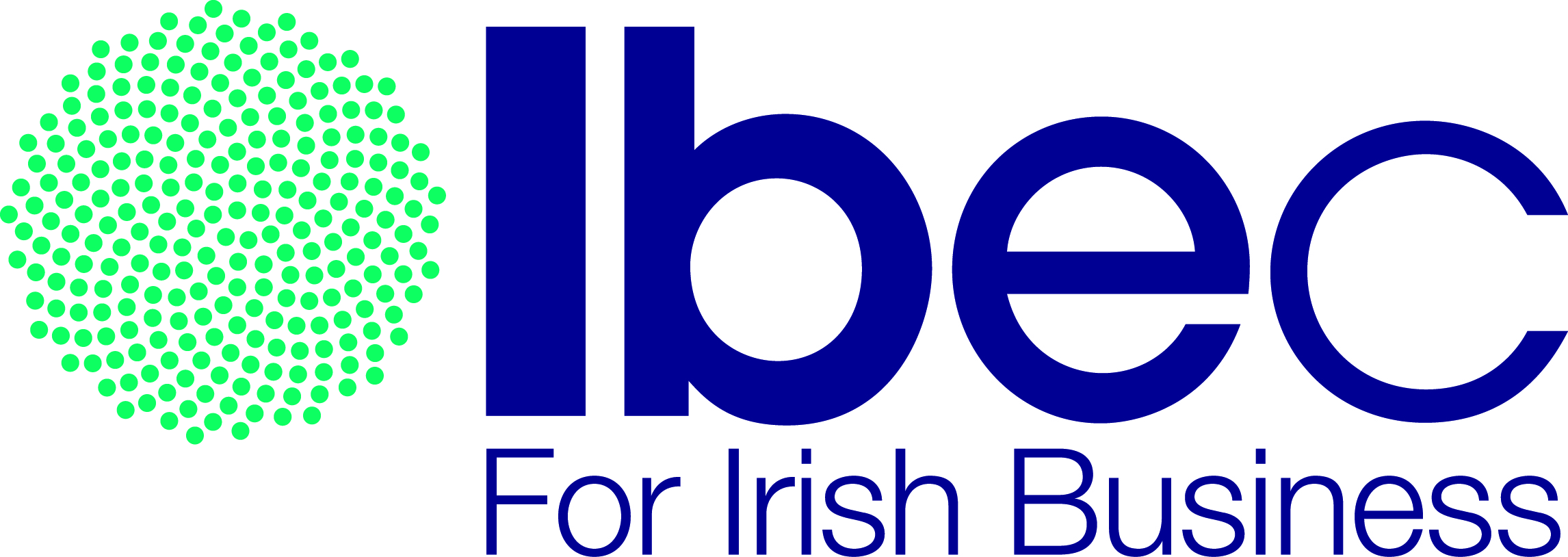
iProtectU Featured on IBEC: The Real Truth About Choosing Health & Safety Software”
When a national voice like IBEC publishes your perspective, it matters.
This week, iProtectU
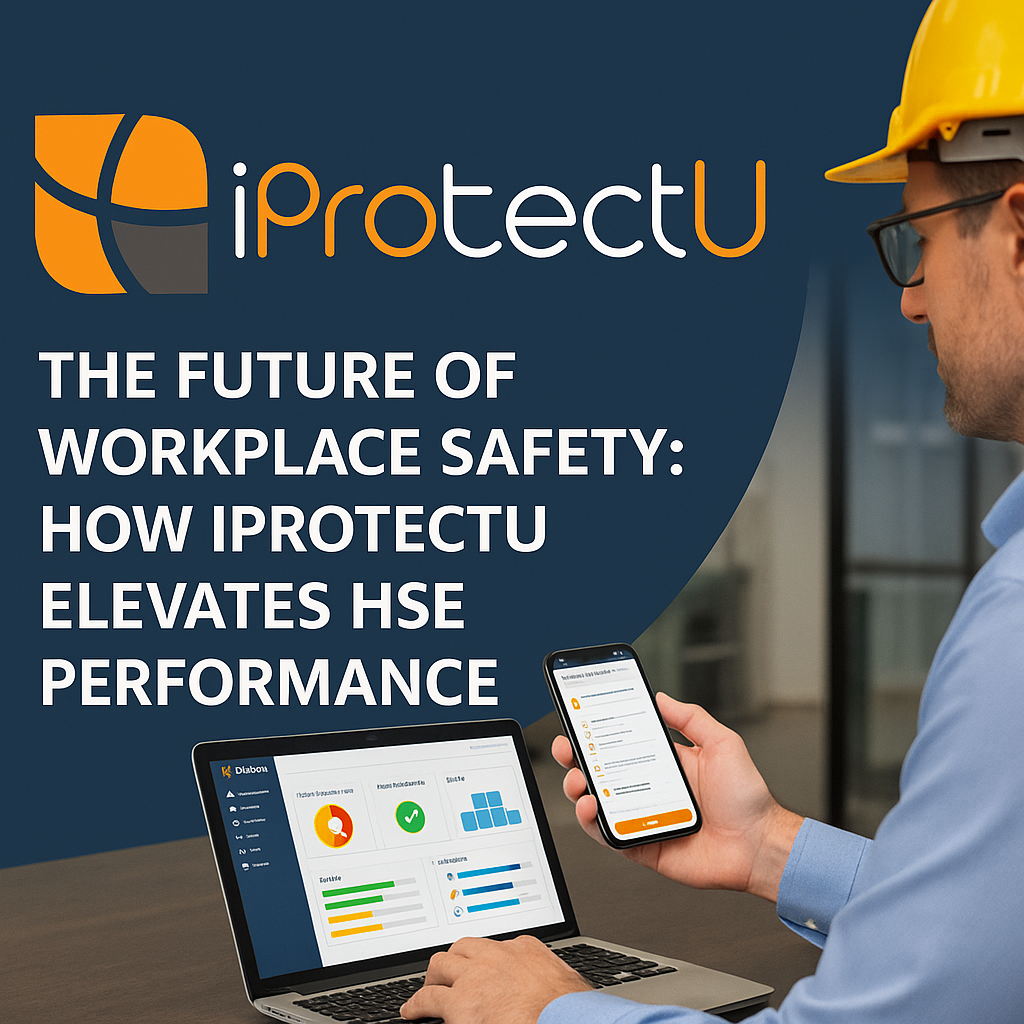
Why Modern HSE Software is Essential – How iProtectU is Shaping the Future of Safety
Modern HSE software has evolved into a strategic necessity, empowering organisations to manage risk proactively,
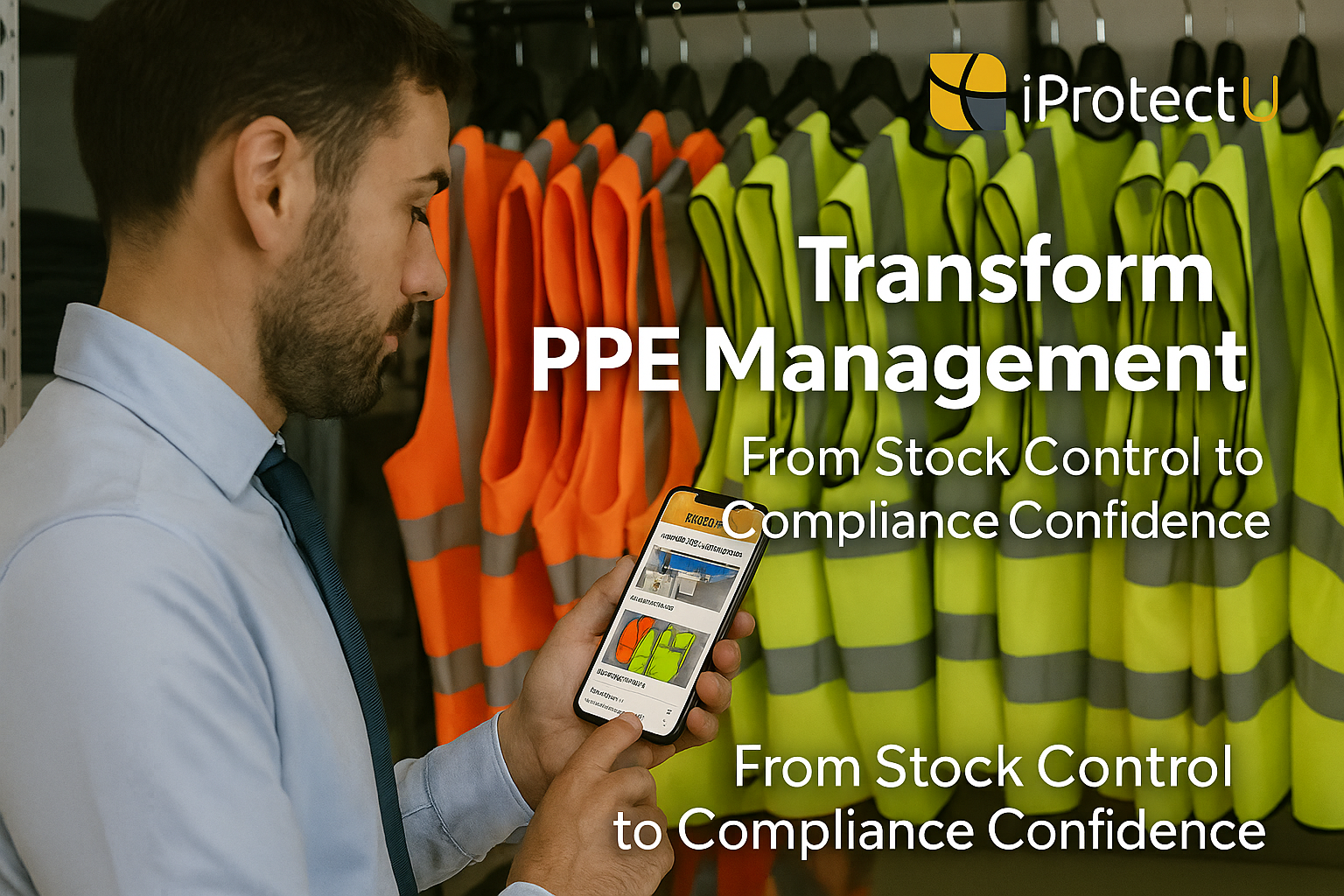
How iProtectU Transforms PPE Management: From Stock Chaos to Compliance Confidence
Managing personal protective equipment (PPE) doesn’t have to be a paperwork struggle. With iProtectU, safety

From iProtectU to Amazon: A Work Experience Success Story
From work experience to an Amazon internship. Read how iProtectU helped empower a young talent

Modern Supplier & Contractor Management Software for Safer, Smarter Organisations
Modern organisations face increasing complexity when managing suppliers and contractors. Manual methods like spreadsheets and

